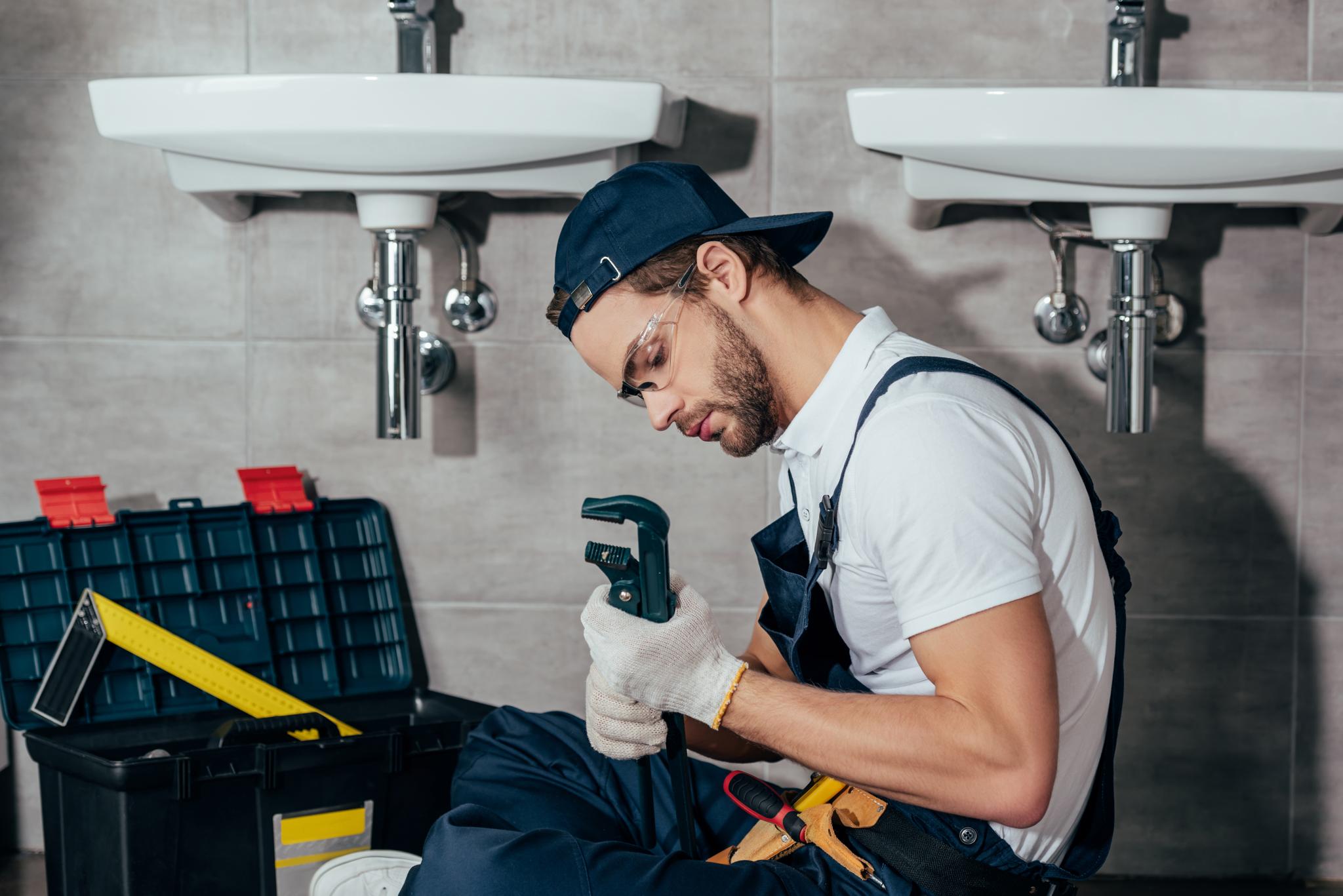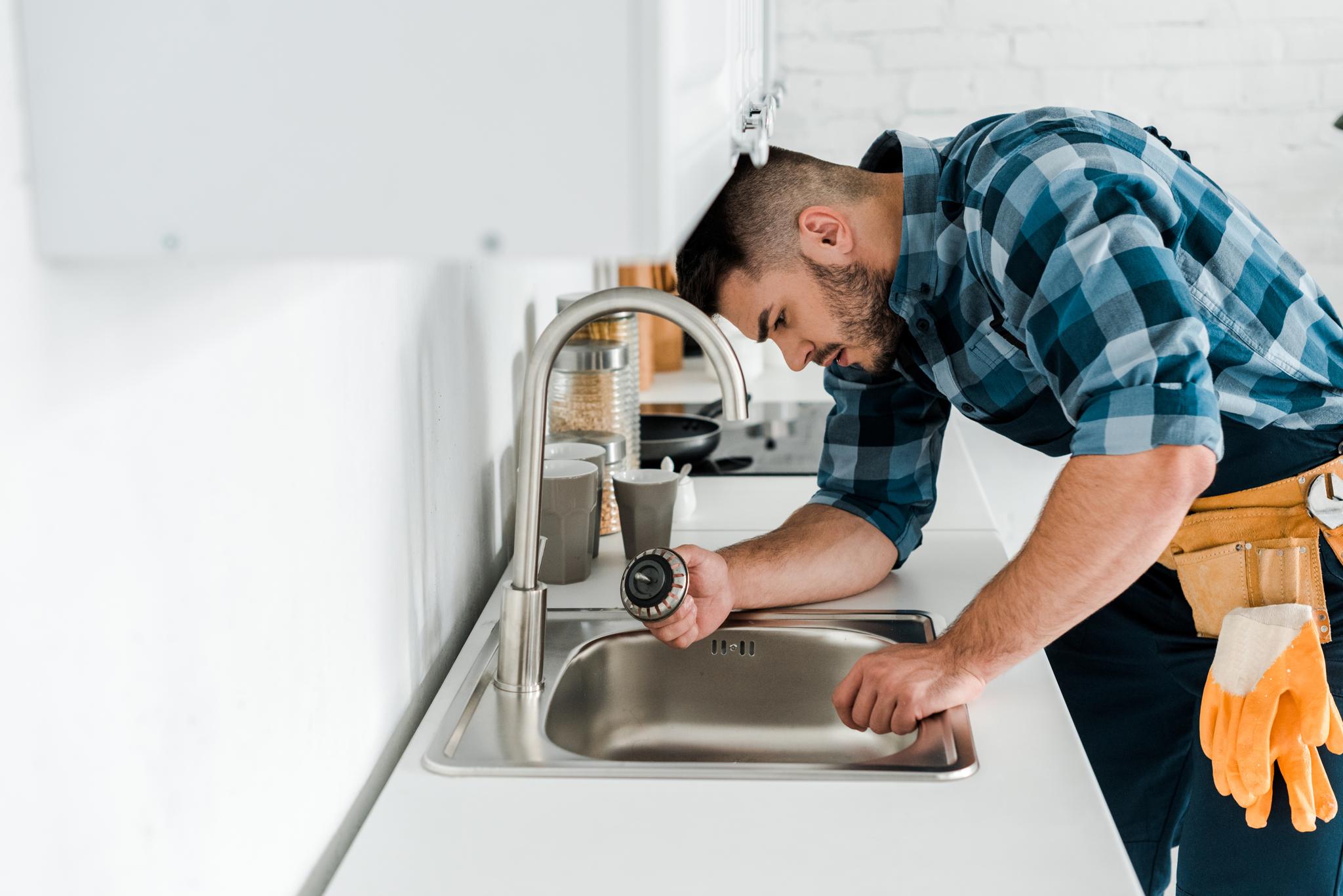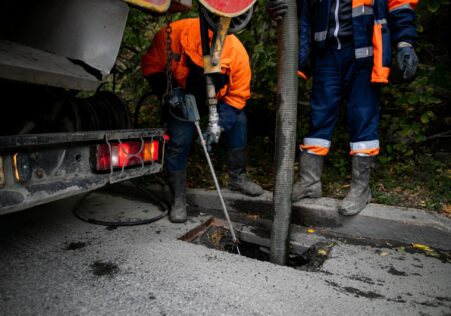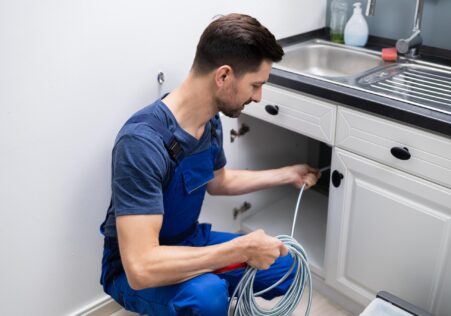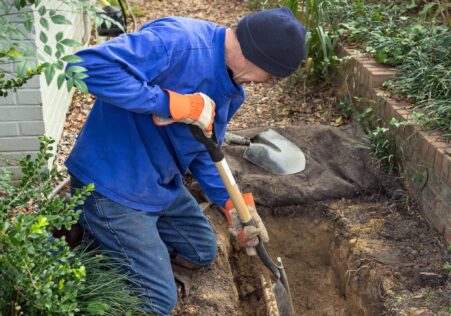How to Choose the Right Pipe Relining Material for Your Home
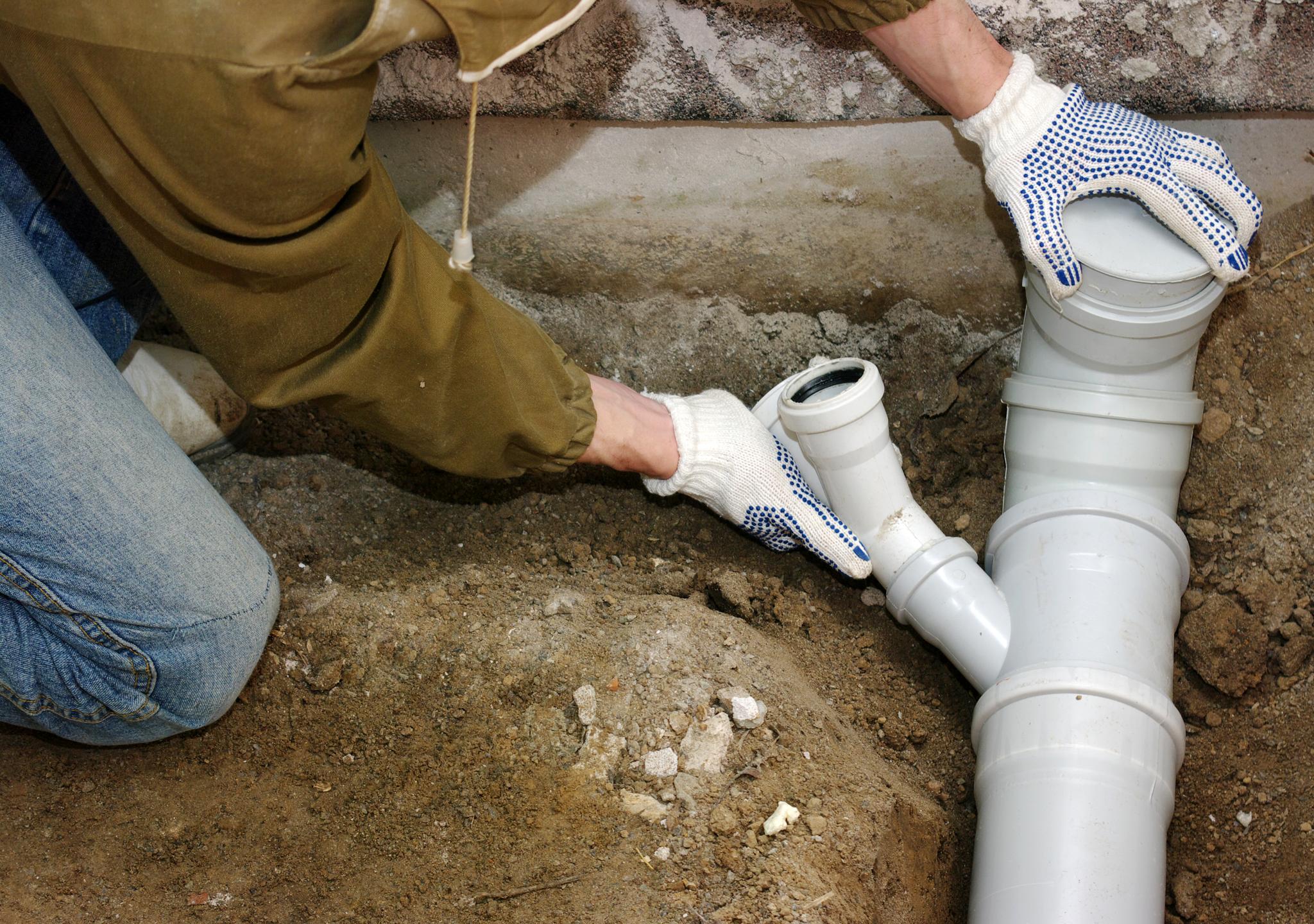
Making sure your plumbing is in good condition is important, but the pipes can become worn-out as time passes. The most common method for replacing them is to dig up and removing the old pipes. This process can be a hassle and costly. Luckily, pipe relining offers an alternative that is alternative that is more cost-effective and convenient option.
Key Takeaways
- Relining pipes is an affordable alternative to traditional replacement of pipes techniques.
- Choosing the right material for pipe relining is essential to its effectiveness and long-term durability.
- Considerations when choosing pipe relining materials are environment, flow capacity, durability, costs, and maintenance
- Types of pipe relining materials include Cured in-Place-Pipe (CIPP), Fiberglass Pipe Lining and Cast Iron Pipe Lining.
- Relining pipes results in a new "pipe within a pipe" which allows you to restore full functionality without the removal of existing pipes.
There are a myriad of materials for pipe relining it is crucial to select the most appropriate one. This guide will help you understand what you need to think about when selecting the right pipe relining material which is suited to your needs and budget.
What exactly is Pipe Relining?
Before we go into the best pipe for relining, let’s look at what it is.
Pipe relining is an operation which involves the installation of an epoxy liner into damaged or damaged sewer lines, water mains, or any other underground piping systems preventing leaks and root infiltration. It is basically creating a new "pipe within a pipe" that assists in restoring the full functionality, without having to require the elimination of existing pipes.
The benefits of relining pipe include:
- Minimizes excavation works
- Lowers the costs of traditional methods
- More hygienic than excavation
While there are many benefits, choosing the correct material for your lining is essential for efficiency and durability.
The Factors to Consider When Selecting Pipe Relining Materials
- Environmental: One of the crucial things you need to think about when choosing a pipe lining material should be the environment. The external conditions determine the longevity of the liner will remain free from damage from chemicals, humid conditions among others.
- The capacity of a flow: Flow capacity would be the amount of liquid which flows easily over your plumbing after installing new liners.
- Durability: Durability measures how long it will last when exposed to difficult environments such as excess humidity, chemicals and other extreme conditions.
Costs
Additional Information
- Save Future Expenses with CCTV Drain Inspection for Home Buyers
- Top Reasons to Avoid DIY Drain Unblocking
- Ensuring the Longevity of Your Business's Pipes with Regular Drain Inspections
- CCTV Drain Inspections: A faster, Accurate and Effective Means of Identifying Root Issues in Drains
- Upgrade Your Property's Plumbing System with Pipe Relining
- How CCTV Drain Inspections Help Avoid Water Damage and Health Hazards
- Preventing Leaks and Blockages: Understanding Pipe Relining Services
- The Ultimate Guide to Choosing Between Pipe Relining and Pipe Replacement
- Future-Proofing Your Plumbing System with CCTV Drain Inspection
- How to Prevent Your Drains from Getting Blocked


